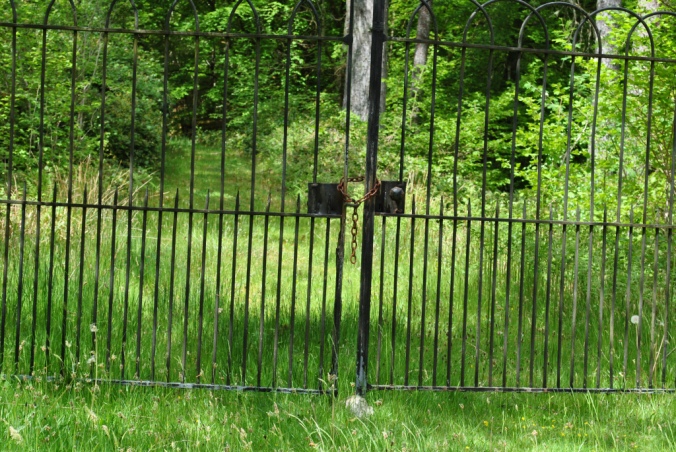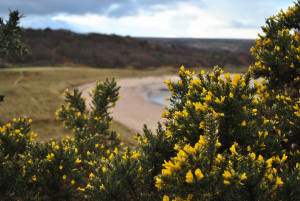Robert Burns has written many memorable poems and songs, some funny, some witty, many bawdy and a few very touching. John Anderson.My Jo is one of the latter, a song about growing old together, of love and companionship towards the end of your life. It is gentle and considerate even though it was formed after an original ballad, that was far more explicit. But not Jo.

John Anderson, my jo, John,
We clamb the hill thegither;
And mony a cantie day, John,
We’ve had wi’ ane anither:
Now we maun totter down, John,
And hand in hand we’ll go,
And sleep thegither at the foot,
John Anderson, my jo.
John Anderson. My Jo!
Poem by Robert Burns.
The times when they were walking up the hill together are over, now they both in peace.

Burns wrote this for John Anderson, his friend John Anderson. His Jo. A man who…
View original post 398 more words
















